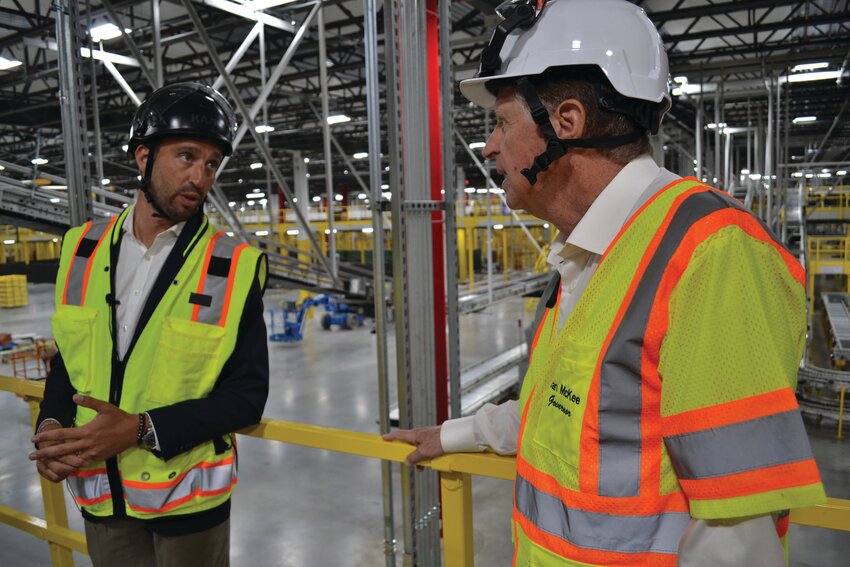With the recent collection of antique toys from the Museum of Art at the Rhode Island School of Design, there is one item in particular that has captured my attention as a beautiful period piece: A 19th-century English folk art clay diorama display. With its remarkable details, it’s no surprise it piqued my interest and inspired me to write about it today.
The term diorama usually refers to a scene with three dimensional figures either in miniature or full-scale formats. We all remember having to make a diorama or two in school, right? Well, this diorama is probably a little fancier than any you have ever made. It depicts an exceptional portrayal of a Catholic cathedral with fully detailed and painted interior, wood furnishings, sculptures, and more. Even the archbishop standing at the altar is made of hand-painted clay.
Dioramas were originally used for peep shows (no, not the naughty kind!); they were a scientific curiosity where the viewer could see a miniature scene through a single peep hole in a box. Originally, in the 15th century these scenes would be painted on transparent glass and lit by moon or sunlight to simulate time or weather; however, they became fully modeled in subsequent years depicting Renaissance style court scenes and pageants. During the 17th century, itinerant showman would often present their peep show cabinets on the streets, which in turn made them popular among children.
Some of these cabinets would also feature movable scenery made of wood or cardboard that would later develop into the toy theatre that became popular during the 19th century. Unlike the fully modeled figures of peep shows, toy theatre figures were often cut from paper and mounted on paste board and would include a condensed version of the play that the characters would have been originally part of. This form of entertainment is believed to have been started in England around 1810 and they were originally sold as souvenirs of current productions, which in turn provided historians with context for what was popular in entertainment.
It isn’t hard to see why children were so taken with these souvenir sets, they came with numerous pieces, and eventually a stage where they could cultivate creativity. No wonder such a fine diorama example like this cathedral scene was once included in the RISD Museum toy collection of the magnificent Corliss-Carrington House in Providence.
If this diorama or antique toys in general spark your imagination, be sure to check out our catalog for some amazing pieces!












Comments
No comments on this item Please log in to comment by clicking here